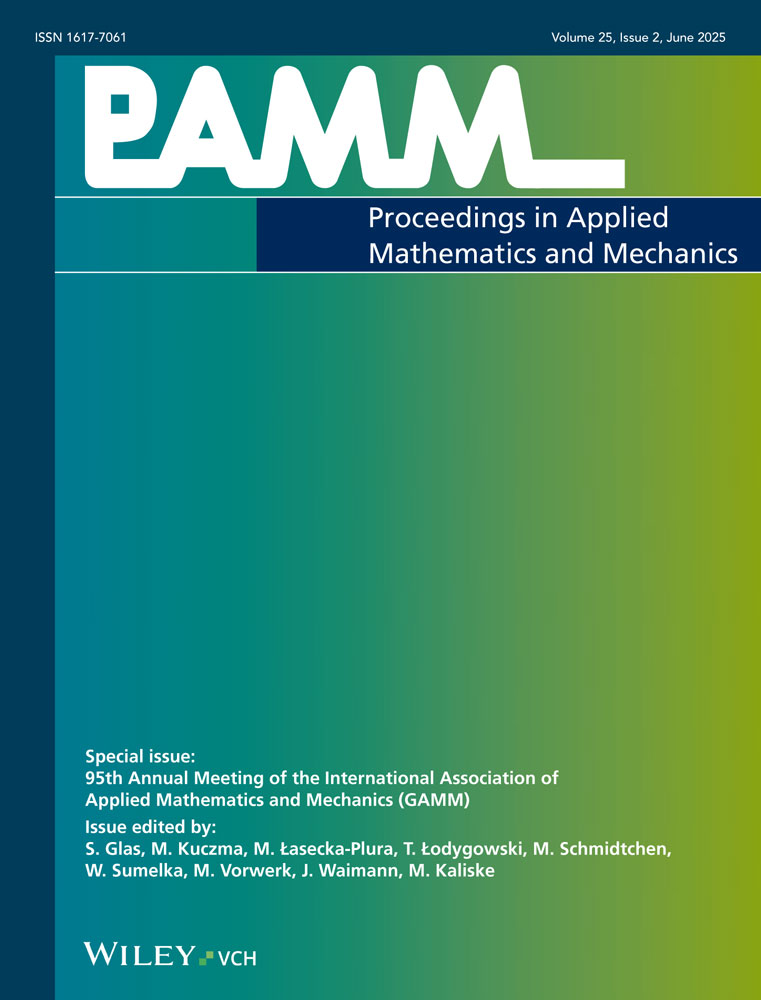A Reproducible Excitation Mechanism for Analyzing Electric Guitars
Abstract
This contribution presents the excitation mechanism of an experimental set-up for measuring the structural behavior of an electric guitar body using Laser-Doppler-Vibrometers, to be compared to the generated sound. It is the aim of this investigation to gain insight into the influence on the sound of materials and designs of the large variety of commercially available electric guitars. The core of the experimental set-up is the excitation mechanism, which has been developed to guarantee a well-defined and absolute reproducible excitation of the guitar string in order to detect even small differences in sound. This mechanism has been constructed making use of the methods of multibody dynamics and optimization. (© 2015 Wiley-VCH Verlag GmbH & Co. KGaA, Weinheim)




